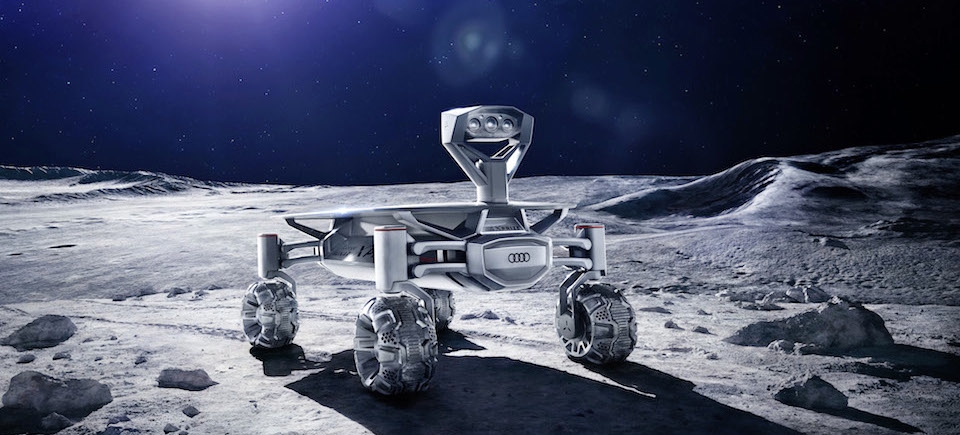One of the interesting trends in science fiction in the past thirty years has been the emergence of "steampunk". "Steampunk refers to a subgenre of science fiction and sometimes fantasy that incorporates technology and aesthetic designs inspired by 19th-century industrial steam-powered machinery." (Wikipedia) I have read some of these books and gone to a couple of steampunk conventions. When I thought about why steampunk was popular, it occured to me that part of the reason was the aesthetic designs mentioned in the quote from Wikipedia.
A great deal of modern technology is designed to function well but no thought is really given to aesthetics. Compare the old fancy train engines to the new modern trains. The same could be said for a lot of scientific equipment. Old equipment was often engraved and mounted on polished wood. New equipment is packaged in bland functional cases. I think a lot of the attraction of steampunk is related to the visually elaborate and artistic designs either described or shown in the stories.
Our exploration of space is carried out by highly functional but relatively ugly probes and landing vehicles. This may be about to change.
Google is sponsoring the Lunar XPRIZE competition. The winner of the competition will be the first privately funded effort (at least ninety percent of funding must come from private sources) to land a rover on the moon, travel five hundred meters and send back high definition photographs and video. The first prize is twenty million dollars. The second team that succeeds at the task will receive ten million dollars. Other prizes will be awarded for surviving the lunar night or visiting an Apollo landing site.
Audi, the automobile manufacturer, has teamed with a German engineering group called the Part-Time Scientists (PTS) to enter the Lunar XPRIZE competition with the Lunar Quattro. The PTS core group has varied between ten and thirty five people. They have been working on the project since 2009 and have constructed two prototypes. Partnering with Audi gave the PTS access to Audi's Munich-based advanced design studio. An Audi designer said that their lunar rover had to be effective in the harsh lunar conditions but that it also had to express the "familiar aesthetics that are expected of Audi."
The PTS have tested and refined many of the technical features of the Lunar Quattro such as the solar panel array that provides power and the supplemental battery to provide power after the sun has gone down. Each of the wheels of the Quattro is independently driven by its own electric motor. Each wheel can rotate three hundred and sixty degrees for maximum maneuverability. Two cameras in the movable head will help with navigation by acquiring three dimensional terrain maps. A third camera will send high-definition still shots and video sequences back to Earth.
After more tests and refinements in extreme climate test chambers, the Lunar Quattro is scheduled to launch before the end of 2017. The intended landing site for the Quattro is near the place where Apollo landed in 1972.
Returning to the comments at the top of this column, the image below will show that the Audi designers did not disappoint with respect to presenting the "familiar aesthetics that are expected of Audi." The Lunar Quattro is sleek and beautiful compared to all the other lunar rovers that have landed on the moon. Perhaps more aesthetic designs will be found for other space hardware in the future.
